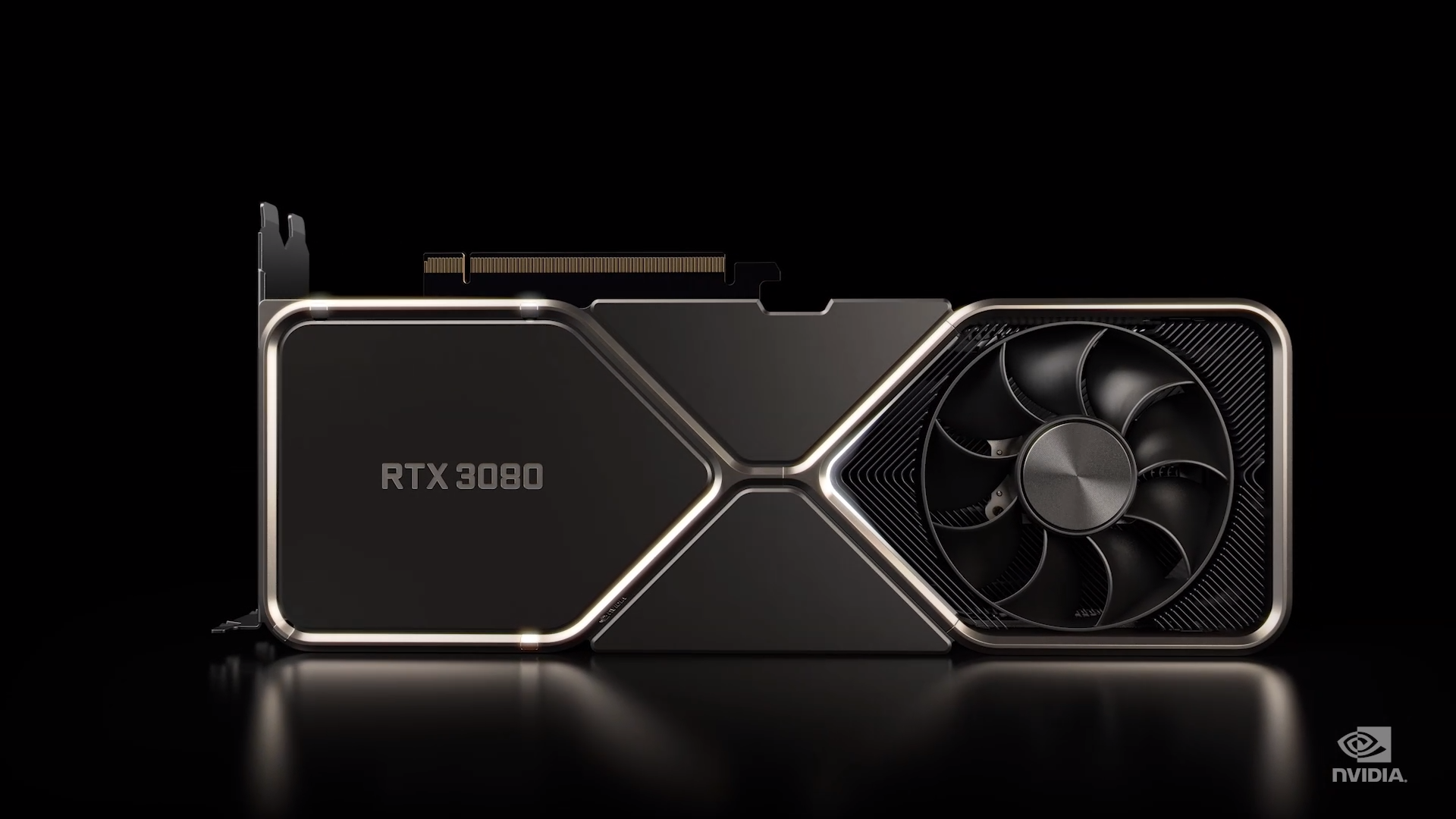- Joined
- Dec 8, 2021
- Messages
- 22 (0.02/day)
| Processor | R7 5800X3D |
|---|---|
| Motherboard | ASUS ROG B550-F GAMING |
| Cooling | EVGA CLC 360 |
| Memory | Corsair Vengeance 32GB 3200MHz |
| Video Card(s) | XFX MERC 310 RX 7900 XTX |
| Storage | Sabrent Rocket, 970 Evo Plus |
| Display(s) | ASUS ROG XG349C |
| Case | Lian Li PC-O11 Dynamic |
| Audio Device(s) | Beyerdynamic DT 770 PRO // DT 990 PRO & Schiit Magni/Modi |
| Power Supply | Corsair RM850x SHIFT |
| Mouse | Corsair Nightsword |
| Keyboard | Corsair K95 Platinum |
| Software | Windows 11 |
Hello! I came here to ask some questions about my GTX 1080 and some possible problems I am having with it.
So first up, I recently installed the Kraken G12 and an EVGA CLC 360 on my 1080. I know the AIO is overkill, but it was on sale for lower than a Kraken x53, so why not? Anyways, I installed the cooler and became immediately obsessed with overclocking my card. I used the Unigine Superposition benchmark on 1080p extreme because I thought that would be an ideal workload for my card. After a few hours late in the night, I got the card to clocks and voltages that were rock-solid in the benchmark (2164mhz, 1050mv) and with the PerfCap reason "none" in GPU-Z, so I fired up 3Dmark. The card immediately started drawing ~150-170w (is this okay?) off of the lone 8-pin on the card and slammed me with the PWR PerfCap reason, along with destabilizing the clock speed, so I stopped the benchmark and went to bed.
Anyways, I installed the cooler and became immediately obsessed with overclocking my card. I used the Unigine Superposition benchmark on 1080p extreme because I thought that would be an ideal workload for my card. After a few hours late in the night, I got the card to clocks and voltages that were rock-solid in the benchmark (2164mhz, 1050mv) and with the PerfCap reason "none" in GPU-Z, so I fired up 3Dmark. The card immediately started drawing ~150-170w (is this okay?) off of the lone 8-pin on the card and slammed me with the PWR PerfCap reason, along with destabilizing the clock speed, so I stopped the benchmark and went to bed.
I am here to ask about that result now. It seems every other benchmark I've run since then has had the same power/instability problem. I even ran the SAME Superposition benchmark, but in 4K, then on 1080p high, and experienced identical issues to 3Dmark and every other benchmark and game I tried. BUT NOT 1080P EXTREME!! That benchmark still runs perfectly fine. No problems, stable, no PerfCap reason... I don't get it. I think I'm just salty for the lost sleep spent overclocking for nothing, but I digress. I guess I should just stay away from the 1080p extreme benchmark then? What would explain this, and what would you guys recommend I use instead?
I think I'm just salty for the lost sleep spent overclocking for nothing, but I digress. I guess I should just stay away from the 1080p extreme benchmark then? What would explain this, and what would you guys recommend I use instead?
Next up, temps. I have already seen my card hit 48C running stock in a mere 10 minutes (minecraft path-traced shaders lol). That temperature is awfully high for a GTX 1080 running on a 360mm AIO right? I have Corsair SP120 RGB pros running ~1100 RPM and I feel quite a bit of airflow. I also used the pre-applied thermal paste that came with the cooler. I'm fairly certain re-seating the cooler and using some fresh MX-4 is the play here. Thoughts?
Following up, VRAM. I tried overclocking the memory and was receiving good performance gains, but after adding around 150mhz consecutive runs resulted in lowered scores and eventually crashes. My card does not have memory temp sensors, so I cannot answer reliably on temperature issues. Previously, with the card's air cooler, I got the memory to around +350mhz. Does this result sound more like instability, temps, or something else? With the G12 installed there's no direct cooling for the little guys. Are they okay running with good chassis airflow? They are Micron brand chips. I've read that the G12 cools them just fine, and the complete opposite; that I need to install heatsinks for them. For some context on my system cooling, I am using the O11 Dynamic with all fan slots filled and I swapped the stock NXZT fan for an NF-A9. I would think the air coming from the bottom of the chassis combined with the air from the NF-A9 would be sufficient for the memory, but maybe not? I could try strapping the unused NZXT fan to the left side of the card to give the memory better cooling?
All in all, I am excited to have finally been able to mess around with some PC stuff again! I would likely be doing this exact mod to an RTX 3080 right now... but that's not the current reality. 2150mhz+ ain't so bad for a Gigabyte Windforce card. This will probably be the last thing I change in my PC till I get a new card in a year or two so I want it to be running properly! Any help is greatly appreciated. Thank you all.
So first up, I recently installed the Kraken G12 and an EVGA CLC 360 on my 1080. I know the AIO is overkill, but it was on sale for lower than a Kraken x53, so why not?
 Anyways, I installed the cooler and became immediately obsessed with overclocking my card. I used the Unigine Superposition benchmark on 1080p extreme because I thought that would be an ideal workload for my card. After a few hours late in the night, I got the card to clocks and voltages that were rock-solid in the benchmark (2164mhz, 1050mv) and with the PerfCap reason "none" in GPU-Z, so I fired up 3Dmark. The card immediately started drawing ~150-170w (is this okay?) off of the lone 8-pin on the card and slammed me with the PWR PerfCap reason, along with destabilizing the clock speed, so I stopped the benchmark and went to bed.
Anyways, I installed the cooler and became immediately obsessed with overclocking my card. I used the Unigine Superposition benchmark on 1080p extreme because I thought that would be an ideal workload for my card. After a few hours late in the night, I got the card to clocks and voltages that were rock-solid in the benchmark (2164mhz, 1050mv) and with the PerfCap reason "none" in GPU-Z, so I fired up 3Dmark. The card immediately started drawing ~150-170w (is this okay?) off of the lone 8-pin on the card and slammed me with the PWR PerfCap reason, along with destabilizing the clock speed, so I stopped the benchmark and went to bed.I am here to ask about that result now. It seems every other benchmark I've run since then has had the same power/instability problem. I even ran the SAME Superposition benchmark, but in 4K, then on 1080p high, and experienced identical issues to 3Dmark and every other benchmark and game I tried. BUT NOT 1080P EXTREME!! That benchmark still runs perfectly fine. No problems, stable, no PerfCap reason... I don't get it.
 I think I'm just salty for the lost sleep spent overclocking for nothing, but I digress. I guess I should just stay away from the 1080p extreme benchmark then? What would explain this, and what would you guys recommend I use instead?
I think I'm just salty for the lost sleep spent overclocking for nothing, but I digress. I guess I should just stay away from the 1080p extreme benchmark then? What would explain this, and what would you guys recommend I use instead?Next up, temps. I have already seen my card hit 48C running stock in a mere 10 minutes (minecraft path-traced shaders lol). That temperature is awfully high for a GTX 1080 running on a 360mm AIO right? I have Corsair SP120 RGB pros running ~1100 RPM and I feel quite a bit of airflow. I also used the pre-applied thermal paste that came with the cooler. I'm fairly certain re-seating the cooler and using some fresh MX-4 is the play here. Thoughts?
Following up, VRAM. I tried overclocking the memory and was receiving good performance gains, but after adding around 150mhz consecutive runs resulted in lowered scores and eventually crashes. My card does not have memory temp sensors, so I cannot answer reliably on temperature issues. Previously, with the card's air cooler, I got the memory to around +350mhz. Does this result sound more like instability, temps, or something else? With the G12 installed there's no direct cooling for the little guys. Are they okay running with good chassis airflow? They are Micron brand chips. I've read that the G12 cools them just fine, and the complete opposite; that I need to install heatsinks for them. For some context on my system cooling, I am using the O11 Dynamic with all fan slots filled and I swapped the stock NXZT fan for an NF-A9. I would think the air coming from the bottom of the chassis combined with the air from the NF-A9 would be sufficient for the memory, but maybe not? I could try strapping the unused NZXT fan to the left side of the card to give the memory better cooling?
All in all, I am excited to have finally been able to mess around with some PC stuff again! I would likely be doing this exact mod to an RTX 3080 right now... but that's not the current reality. 2150mhz+ ain't so bad for a Gigabyte Windforce card. This will probably be the last thing I change in my PC till I get a new card in a year or two so I want it to be running properly! Any help is greatly appreciated. Thank you all.





 Losing the last few extra degrees Celsius on a hot GPU takes a LOT longer than losing the peak temp.
Losing the last few extra degrees Celsius on a hot GPU takes a LOT longer than losing the peak temp. I'm gonna have to do some retesting. again.
I'm gonna have to do some retesting. again.